Our round-up of the best works of art to enter public collections recently
The British Museum
14th-century English alabaster figure of the Virgin and Child
With the help of Art Fund, the National Heritage Memorial Fund, and private donations, the British Museum has acquired one of the best-preserved alabaster figures of its kind on display in a UK public collection. The figure was held at the Redemptorist monastery in Saint-Truiden, Belgium, and was once in Dr Albert Figdor’s famed collection. Remarkably, large portions of the original decoration have survived including gilding and imitation jewels incorporated into the figure of the Virgin.
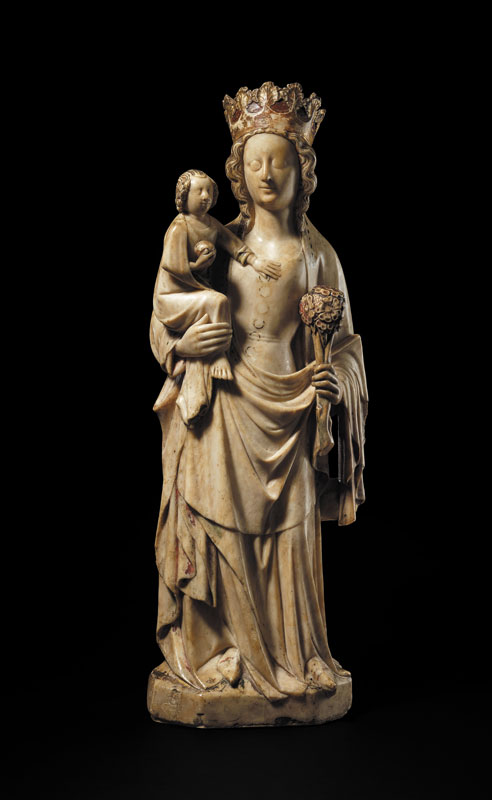
Alabaster figure of the Virgin and Child, 14th century. © The Trustees of the British Museum
Nationalmuseum Sweden
Swedish porphyry artefacts
Porphyry – a rare material requiring great skill to craft – was one of Sweden’s most highly prized exports in the late 18th and 19th centuries. Following on from the its purchase of a pair of Medici-style vases with Swedish royal provenance at auction, the museum has also acquired a unique table clock in granitell, and a collection of 30 specimens of porphyry and similar rock types from Älvdalen. These smaller-scale porphyry artefacts, which have long been underrepresented in the museum’s collection, make a significant new addition.
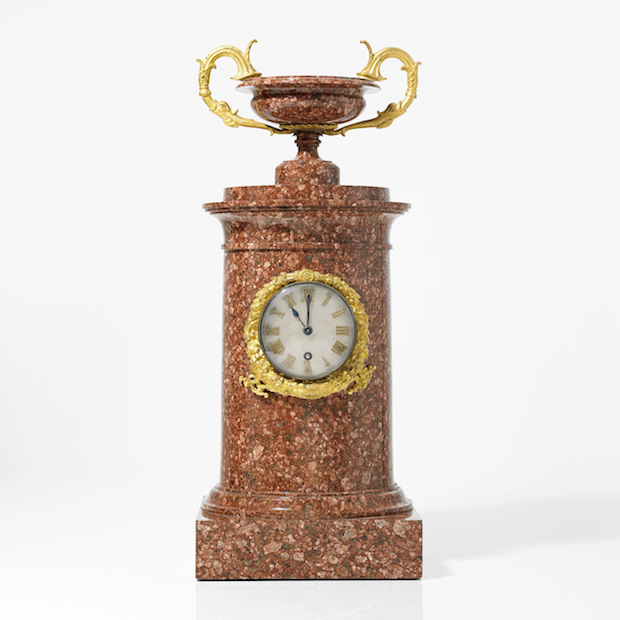
Table clock in granitell (1930–50). Photo: Stockholms Auktionsverk
The Huntington Library, Art Collections and Botanical Gardens
Three works by important California painters, and an American Art Deco sculpture
The Huntington Library recently announced its acquisition of Charles Reiffel’s expressionist landscape, Bit of Silvermine – The Old Farm House (1916); Henrietta Shore’s Clivia (1930); and Agnes Pelton’s modernist work, Passion Flower (1945). In addition to these important 20th-century paintings, the museum has also acquired Gaston Lachaise’s bronze masterpiece, The Peacocks (1918) which will join other significant early 20th-century modernist sculptures in the collection, including works by Lachaise’s teacher, Paul Manship.
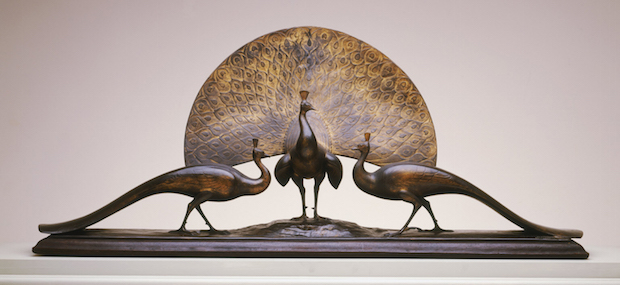
The Peacocks (1918), Gaston Lachaise. Courtesy of The Huntington Library
National Galleries of Scotland
Claude Monet pastel
The National Galleries of Scotland have recently added a sixth work by Monet to their collection in the form of a rare pastel of outstanding quality produced at a crucial moment in the artist’s career. The work, which was previously held in a Scottish private collection since the 1920s, has been allocated to the galleries through the government’s Acceptance in Lieu (AIL) scheme. The subtle but impressive work depicts some of the famous rock formations in the small fishing village of Etretat.
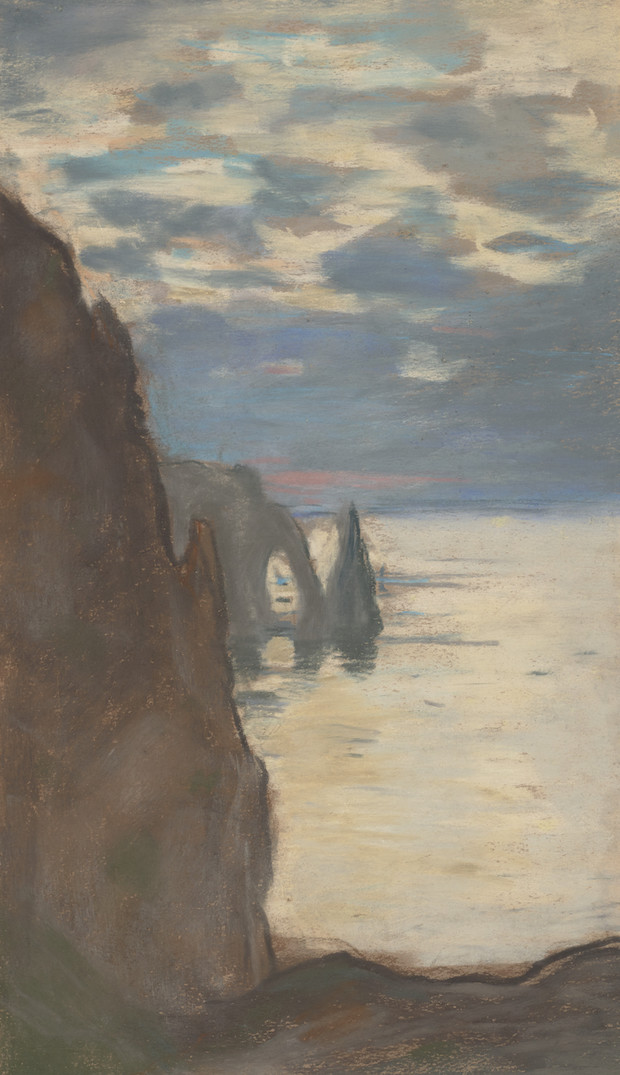
Etretat, L’Aigulle et La Porte d’Aval (c.1885), Claude Monet. Courtesy of the National Galleries Scotland
National Gallery of Ireland
Over 400 letters and drawings by Sir William Orpen
This impressive archive of letters and drawings spans much of Orpen’s life. Many of them have yet to be seen in public, and have thus far been undocumented and unpublished. The collection contains around 200 illustrated letters and 200 manuscript letters addressed to the artist’s wife Grace Orpen. The gallery already holds some 360 items of correspondence written by Orpen as well as a number of his paintings and works on paper.
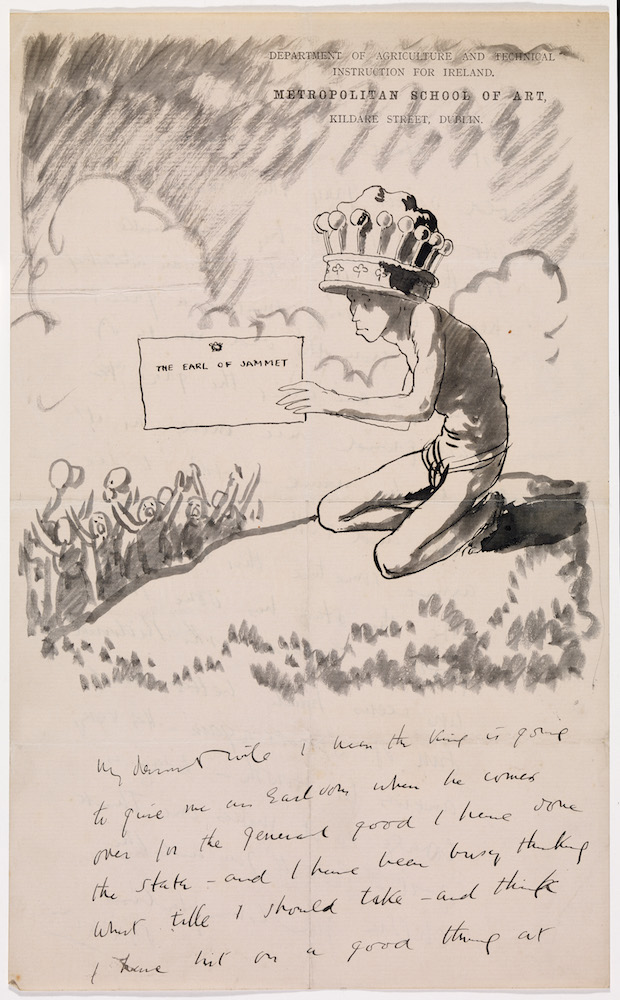
Illustrated letter by William Orpen. Photo © National Gallery of Ireland
J. Paul Getty Museum
Rare 1st-century carved gem, an 18th-century portrait, two 18th-century drawings, and two vases from antiquity
The rare carved gem, made of sard, depicts a nude male and female, thought to represent the goddess Aphrodite and her lover Adonis. The artist is yet unknown, although it has been suggested that it could be the work of Aulos, a celebrated engraver in the imperial court of Emperor Augustus. The gem is one of a number of notable acquisitions made by the museum, including another Roman gem signed by Moschos; Portrait of the Sculptor Roland (1797) by François-André Vincent; drawings by Jean-Honoré Fragonard and Francesco Guardi; and two black-glaze antique vases from Southern Italy.
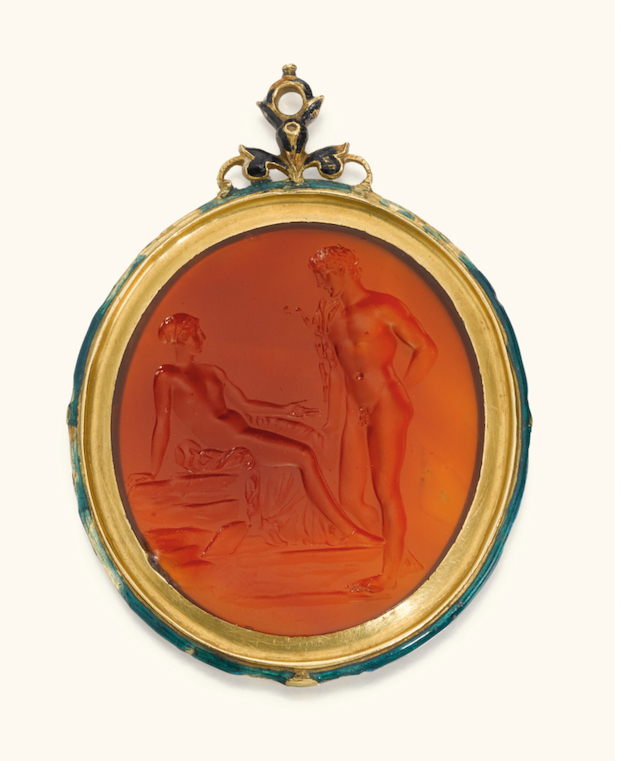
Gem with Aphrodite and Adonis (c.25 BC). Courtesy of the J. Paul Getty Museum
Unlimited access from just $16 every 3 months
Subscribe to get unlimited and exclusive access to the top art stories, interviews and exhibition reviews.


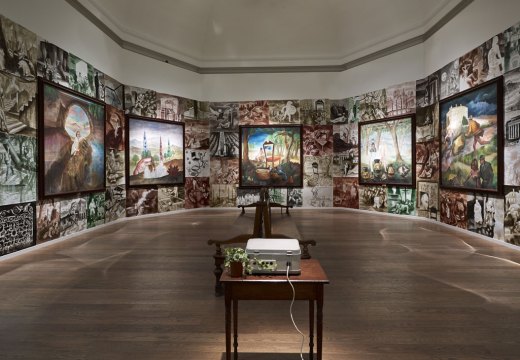











![Masterpiece [Re]discovery 2022. Photo: Ben Fisher Photography, courtesy of Masterpiece London](http://www.apollo-magazine.com/wp-content/uploads/2022/07/MPL2022_4263.jpg)
The threat to Sudan’s cultural heritage